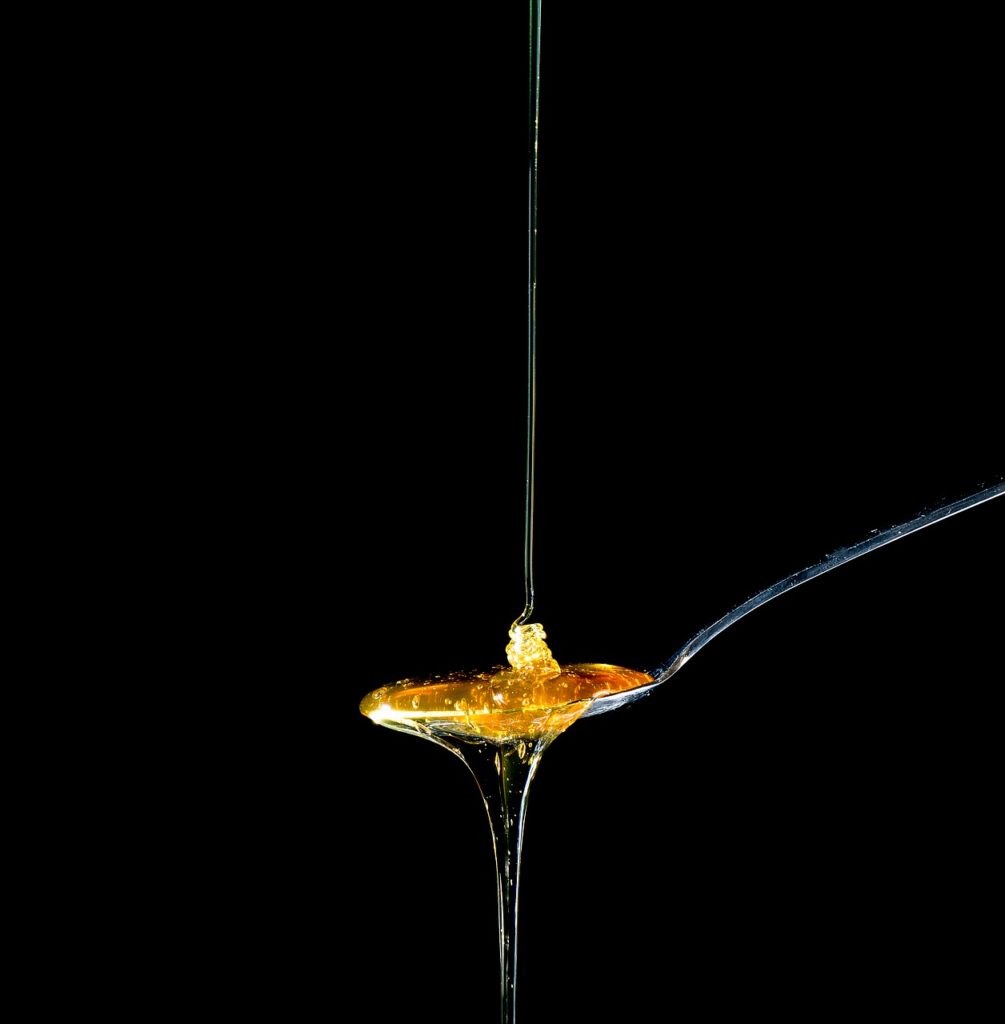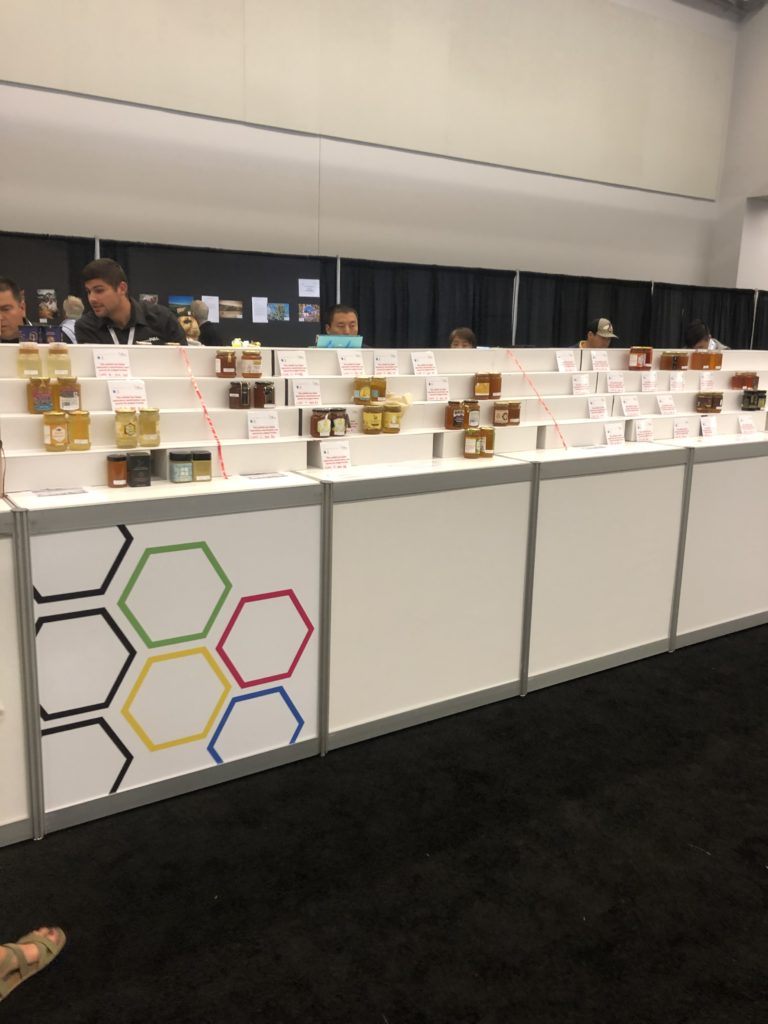
Honey is an incredible product. It begins with foragers who tirelessly gather nectar from flowering plants, transfer the nectar to other worker bees who regurgitate the nectar into wax cells and incorporate enzymes (invertase) to break down the complex sugar molecules into simpler ones (glucose and fructose). The nectar is then fanned by bees to evaporate excess liquid, achieving a perfect humidity of 18.6 percent water before capping what we recognize as honey with an impermeable wax seal to preserve their hard work from microbial contamination for winter use when food is unavailable. This liquid gold is what beekeepers are harvesting and selling from the hives, obviously (or hopefully) leaving enough so that the bees can survive through winter on their hard-earned reserves. Bees are amazing.

Most consumers are unaware of what honey really is. Most consumers also cannot differentiate between a wasp and a honeybee, swearing that they all “suck”. It is then no surprise that honey consumers are totally unaware of what may be hiding in their honey. Many likely reach for the cheapest cute plastic bear they see on their grocery store shelves without taking a second glance at the information on the packaging. Most consumers have caught on to the variety of artificial additives, preservatives and pesticides used to create their favorite box of processed food. Why don’t we know more about what is in our honey? Do you know where your honey comes from? Do you know what might be in it?

The demand for honey has increased steadily over the years as have the challenges faced by beekeepers to keep their bees alive long enough to supply the growing honey demand. Pesticides leading to poor nutrition and immune compromised bees with increased susceptibility to pests and pathogens have all lead to the steady decline in pollinator population, health and honey production.
Adulterated honey (diluted with sugar syrup and chemical residues) from other countries such as Argentina and China have flooded the American market, selling for less than fair value and ultimately threatening the livelihood of honey producers in our country. Foreign producers are not the only ones tampering with our beloved liquid gold, but American beekeepers are also caught in a situation where they must come up with large amounts of honey under unreasonable circumstances.
This year at Apimondia, the world’s largest beekeeping conference, roughly half of the honey entries in the World Beekeeping Awards were disqualified for adulteration and antibiotic contamination. If you’re a generational beekeeper, you’ve most likely heard of a time where supplemental feeding of sugar syrup didn’t occur. Today, if you do not feed your bees with sugar syrup eyebrows are raised as you are often seen as a bad bee parent watching your precious bees starve to death. Resources are becoming scarce as monoculture (corn, soy, wheat) has consumed 10% of the total landmass of the planet. Pollen has lost nutritional value. Nectar is often in short supply as drought and floods increase in frequency. Our bees need our help, but how much help, and at what cost is it to the quality of the honey we can produce? Not only is the addition of sugar syrup altering the quality of our honey, but we are slowly stepping away from a time where antibiotic abuse not just for humans but for our pollinators has lead to antibiotic resistance and residues in our environment and in our honey. In addition to the variety of antibiotic flavors now showing up in our honey, numerous other chemicals are being found in our honey that are used to try and keep our bees safe from the many pathogens and pests plaguing the bees ability to thrive in their environment.

Forty percent of honey entries from around the world were found to be adulterated and contaminated. Honeybees are the canary in the coalmine for the health of our ecosystems. In a world where cheap commodity foods and a growing world population are fueling the spread of conventional agriculture, environmental contamination and degradation, is “clean” honey possible anymore?
Are you a fan of honey? Take a second glance at that cute plastic bear the next time you’re grocery shopping. Where did it come from? What are the ingredients? There should only be one. Honey. Do your due diligence and get to know your local beekeeper. Like everything in our economy, supply is based on the demand. Know your beekeeper. Know your farmer. Support local, regenerative agriculture.
Are you a beekeeper? It is our responsibility to educate the public on matters concerning our pollinators and our food supply. The majority of people know there are issues threatening the bees but do not know where to find quality information or what to do next to help.

Spring 2020 I’ll be a first time bee keeper. So much to learn! Thanks g or the article. Do uou have a favorite book that you reference when you started out. Also, if I don’t feed my bees, how would I ensure there survival over Northern Michigan winters.
Hey Marcie! I really like The Beekeepers Handbook by Diana Sammataro. Finding a local beekeeping club is invaluable. I found this website with a list of Michigan Bee Clubs: https://www.michiganbees.org/michigan-bee-clubs/?
Finding a mentor to go through a few hive inspections with you would be a great start.